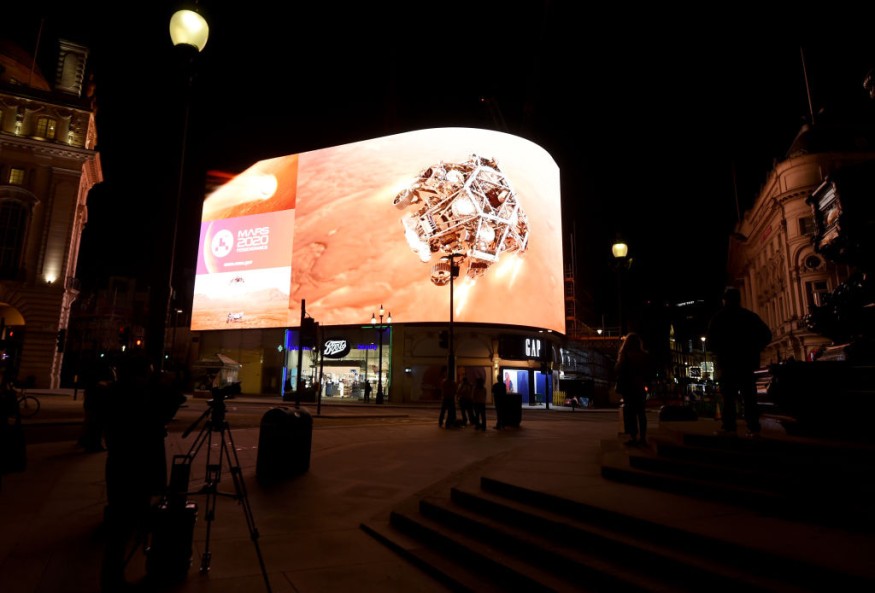The year 2021 marks a successful year for NASA's Jet Propulsion Laboratory (JPL) team after sending and landing the Perseverance rover and Ingenuity helicopter on Mars earlier this year. Then in September, the rover collected the first Martian rock sample that will be brought to Earth by the 2030s.
The rover has already used five of its 43 sample tubes that will carry the samples of Martian rocks. Now, the American space agency is working on a complicated mission that will bring these rock samples to Earth. This new project is expected to take a decade of work.

Mars Sample Return Mission
NASA's Mars Sample Return mission started when the Perseverance rover landed on the Red Planet's surface in February to collect Martian rock samples in search of ancient life.
Phys.org reported that the mission seeks to select the tubes containing Martian rock samples back to Earth to be studied further using powerful lab equipment that is too large to send to Mars. NASA and its European partners acknowledged that this mission would most likely take a decade to complete, so they are now building technologies to help them.
The European Space Agency (ESA) develops a rover for the mission while NASA prepares their lander with a robotic arm developed by ESA to pack the small samples. This robot is called the Mars Ascent Vehicle.
Testing the Lander That Will Bring Martian Rocks to Earth
According to The Robot Report, the Sample Retriever Lander of NASA weighs almost twice the Perseverance rover. But unlike the rover that was lowered to the surface of Mars via cables from a rocket-powered jetpack, the lander will not have a jetpack as it will use its retrorockets to descend on the surface slowly; its legs will absorb the impact of touchdown.
The JPL team led by Pavlina Karafillis has been predicting how the lander would behave upon landing on the Red Planet. To do this, they repeatedly dropped a prototype lander and observed its legs slam on the base using high-speed cameras. Each leg of the prototype is equipped with a QR-like code that helps the camera track the movements of the lander.
These tests are important to simulate all kinds of landing conditions that they would have to take into account, including the rocks, soft sand, and angle of the land. When they had already tested the landing part, the team would test how to launch the lander's two-stage nine-feet long rocket.
But they have to be careful because it could make the lander slip or tilt out of place. As a precaution, the team has created a vertically ejected controlled tip-off release (VECTOR) system that will toss the rocket into the air before it ignites. VECTOR will also add a slight rotation to the rocket during launch to correctly orient the lander.
During testing, the 881-pound prototype rocket was tossed 11 feet to the air using gas-powered cradle pistons. To simulate the low gravity on the Red Planet, cables were suspended from a 44-feet tower offloading over half of the weight of the prototype rocket. According to JPL, the testing happened in a controlled sequence of events while everyone was outside the building.
They already did a total of 23 tests this year and have adjusted the mass of the rocket and the center of gravity based on the results of the tests. Their next plan is to test a heavier prototype rocket next year.
RELATED ARTICLE : China Sending Humans to Mars by 2033 to Beat NASA in Space Race 2.0
Check out more news and information on Mars Mission in Science Times.












